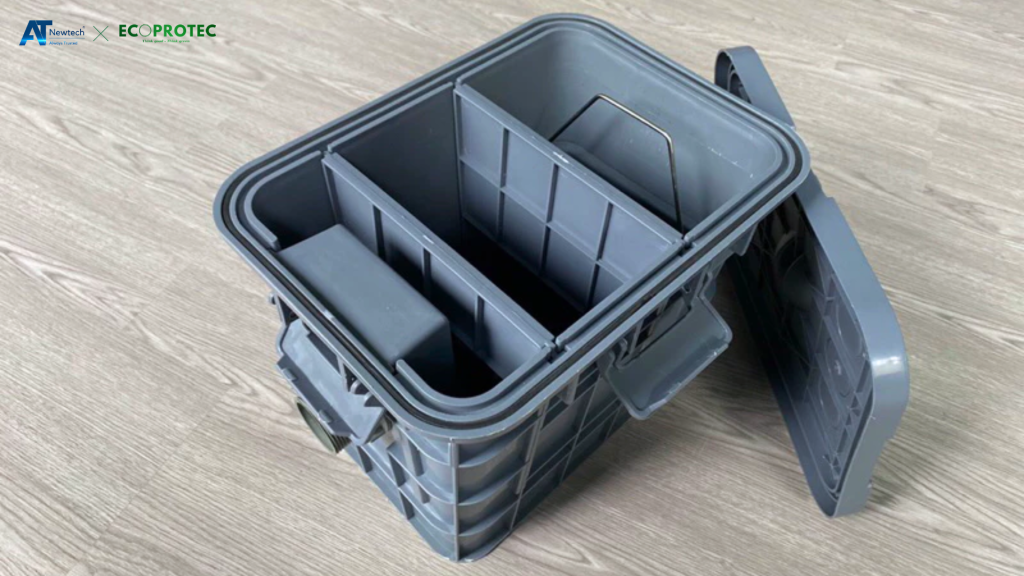Explore the Structure of a 3-Compartment Grease Trap: An Effective Oil Separation Solution
Did you know that the structure of a grease trap plays a crucial role in separating oil, grease, and debris from wastewater? An efficient grease trap not only helps prevent pipe blockages but also protects the environment and saves maintenance costs. In this article, we will explore in detail the structure of a 3-compartment grease trap, its operating principle, and the price list of common grease traps on the market. Let’s dive in to choose the optimal solution for your kitchen!
1. What is a Grease Trap? Grease Trap Benefits
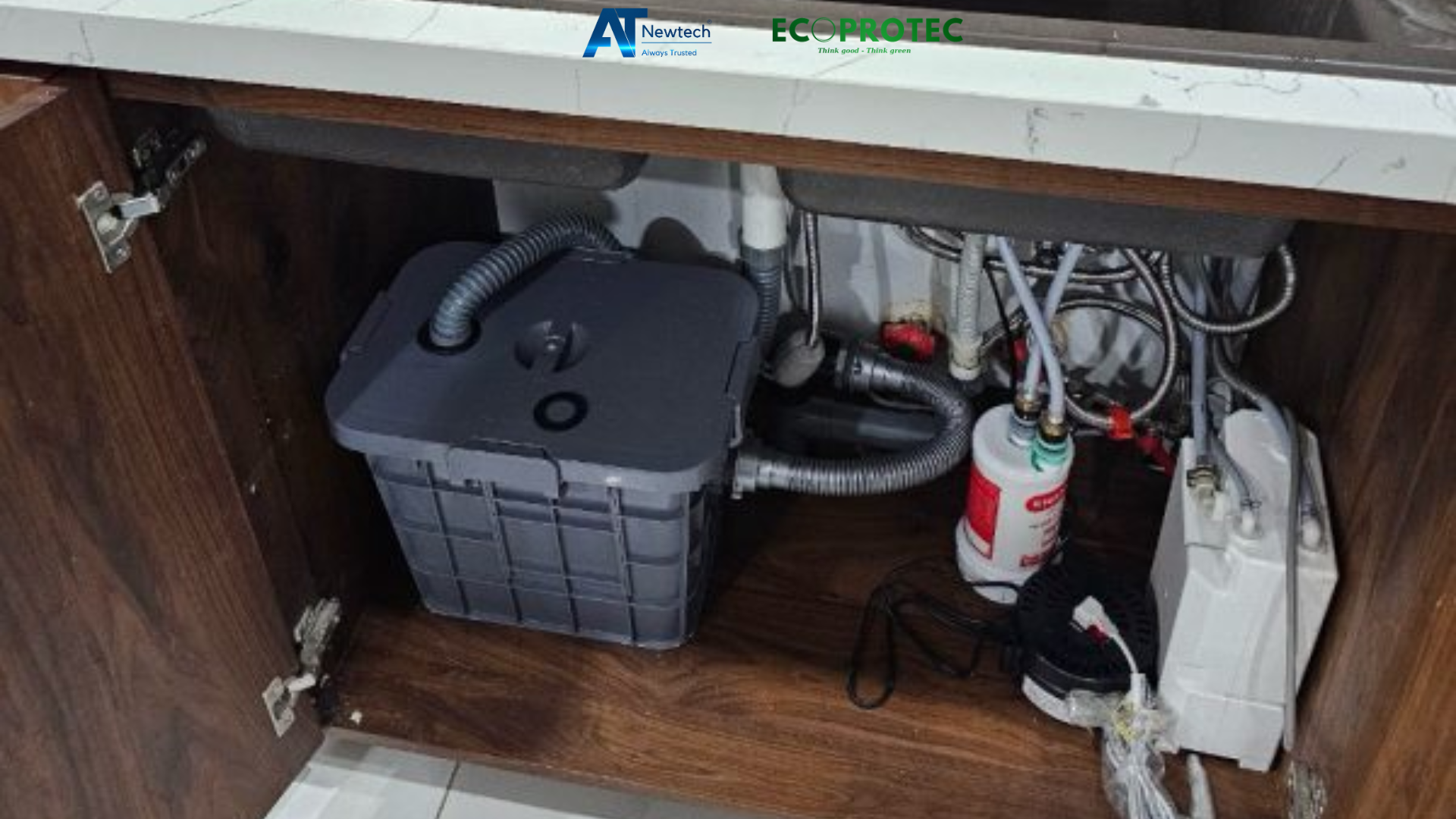
1.1. What is a Grease Trap?
A grease trap, also known as a grease interceptor, is a specialized device designed to remove grease and debris from wastewater before it is discharged into the drainage system. Grease traps are widely used in restaurants, eateries, industrial kitchens, and households to prevent pipe blockages and environmental pollution.
1.2. Benefits of a Grease Trap

Prevents pipe blockages: Oil and grease stick to pipe walls, causing severe clogging over time. A grease trap significantly reduces this issue.
Protects the environment: Grease and debris are retained, preventing water pollution and ensuring a stable drainage system.
Saves maintenance costs: Reduces expenses for unclogging and repairing pipes due to grease buildup.
Easy to clean and maintain: The grease trap design allows for periodic cleaning without complex disassembly.
2. Structure of a 3-Compartment Grease Trap
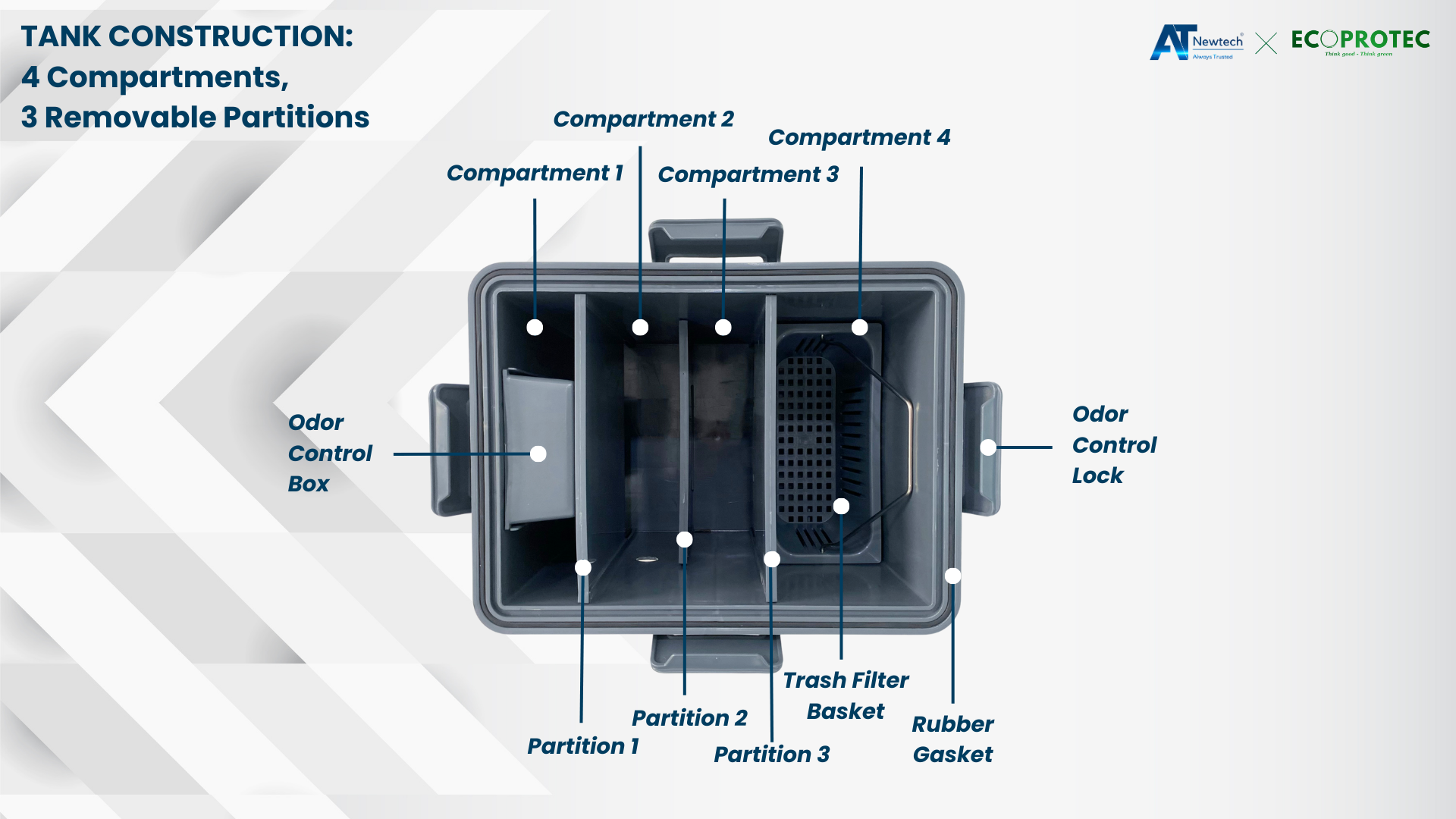
2.1. Manufacturing Materials
Grease traps can be made from various materials, including:
HDPE Plastic: Lightweight, durable, and corrosion-resistant.
Stainless Steel 304: Rust-resistant and easy to clean.
Composite: Good thermal insulation and resistant to strong chemicals.
2.2. Three Main Compartments
-
First compartment (Sedimentation compartment): Receives wastewater from the sink, trapping debris and solid waste.
-
Second compartment (Oil and grease separation compartment): Since oil and grease are lighter than water, they float to the surface and are retained in this section.
-
Third compartment (Clean water compartment): Water, after undergoing the separation process, flows out into the drainage system.
2.3. Common Grease Trap Sizes
| Type | Dimensions (LxWxH) mm | Usage Capacity |
| Small | 500x300x300 | Household, small eatery |
| Medium | 700x400x400 | Restaurant, medium kitchen |
| Large | 1000x500x500 | Large industrial kitchen |
3. Operating Principle of a 3-Compartment Grease Trap

4. Where to Buy a Reliable 3-Compartment Grease Trap?
-
Website: atnewtech.vn
-
📌 Hotline: 0368172226 / 0834473166

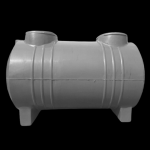 Composite Tank
Composite Tank Water tank cover.
Water tank cover. Kitchen equipment
Kitchen equipment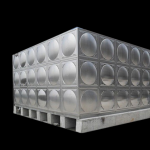 Industrial water tank
Industrial water tank